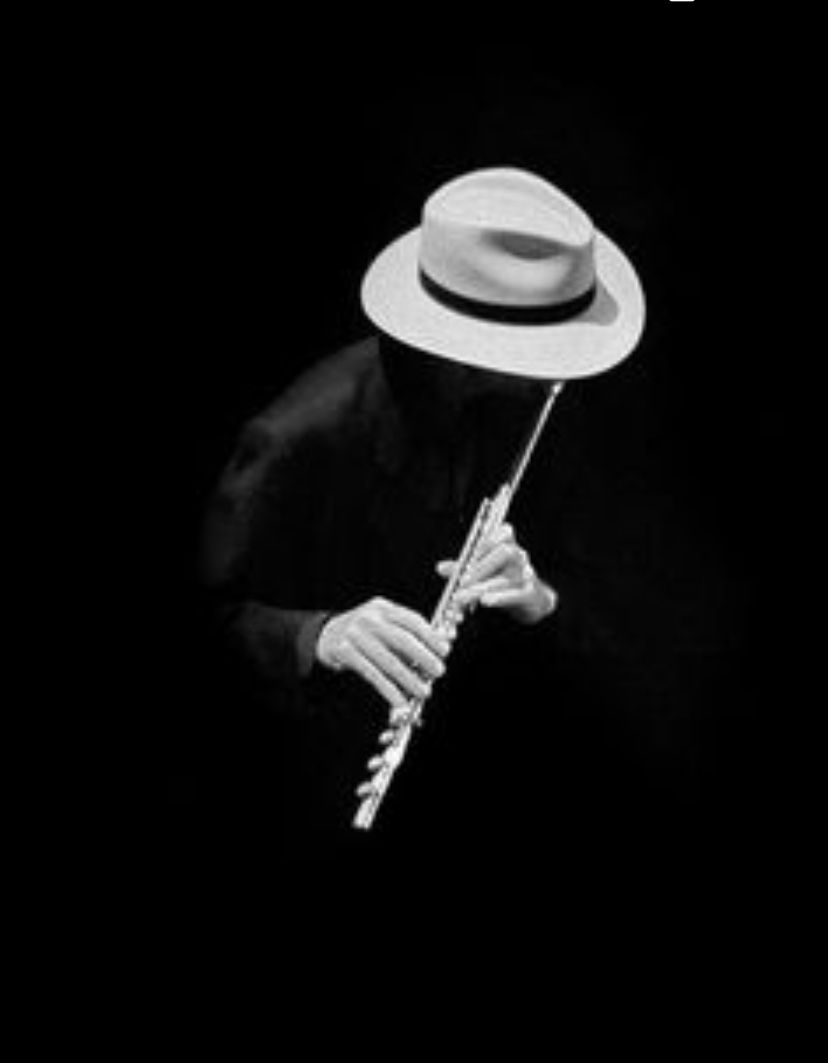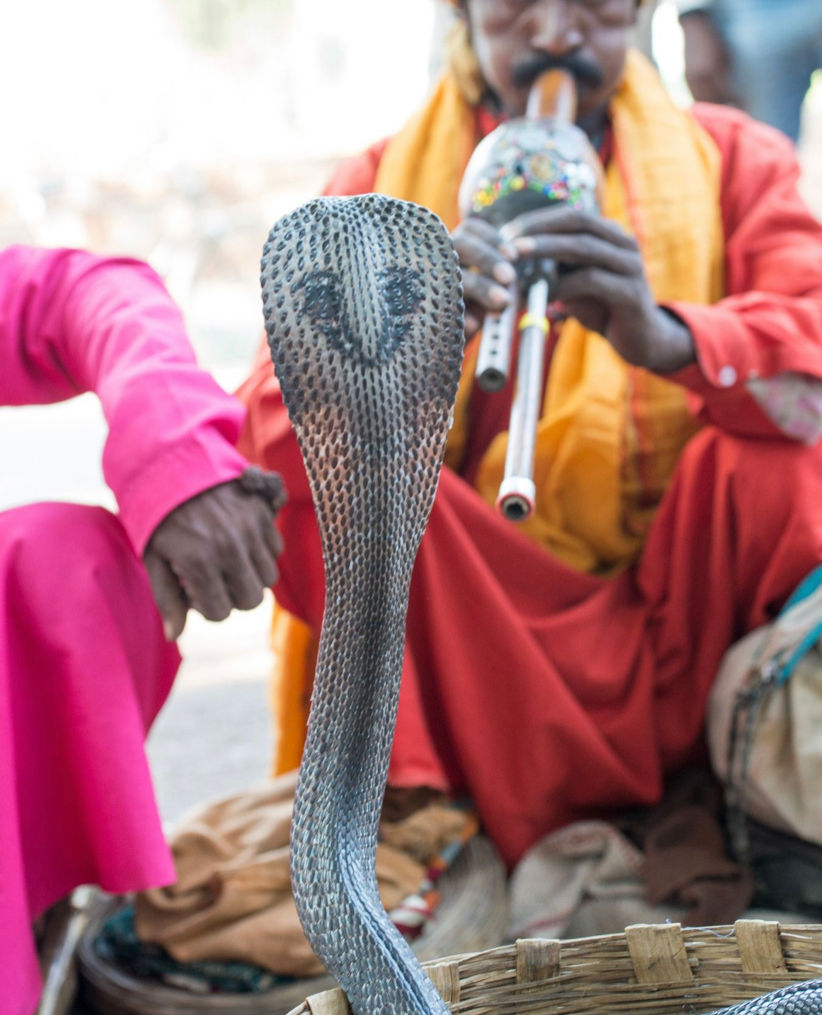The Flute, that stylish old lady
- Dorina Markoff
- Jul 28, 2020
- 5 min read
Updated: Jan 26, 2021

One should never talk about a lady's age. In fact nowadays one should never talk about a lady's gender.
Her Majesty The Flute, as beautiful and versatile as she is, does not shy from either.
She has no reason to hide her age. She is a real cougar with many, many young suitors.

The flute is the second oldest musical instrument in human history. (The first? Anybody? )
The oldest flute discovered in Europe is a 43 000 year old Slovenian. There is a fierce dispute around that number as its rival is the 35 000 year old German. Why would 8 000 years matter, you might wonder? Well, it is a matter of sophistication, ladies and gents, as whoever had the flute first, was the more advanced tribe.
There were flutes in Ancient Egypt, China, Greece and Mesopotamia, all the way to Oceania. One might say that the flute came before the money and it most likely did. People were making flutes before they were cutting coins.
Speaking of coins, there is no better value for money, as far as musical instruments go. These days the flute is a genuine jewellery. Although the originals were made of different kinds of wood, the modern instruments are pure silver, gold and platinum. The more expensive the metal, the more expensive the flute. With the current uncertainty of the financial markets, it might be better to invest in flutes than stocks.
Henry VIII had two flutes which were made out of glass a the time when glass was more expensive than gold. Maybe that is how he charmed so many women?

However, one of the most distinguished flute players in the world, with a sound more pure than platinum, has not chosen a metal flute:
Daniel Pailthorpe
Principal Flute, BBC Symphony Orchestra
"I am very proud to play on a wooden flute- something of a rarity in the profession, where most flautists play on metal flutes, usually silver or gold. (Platinum in the case of my teacher!) Even if I could afford one of these precious-metal instruments, I wouldn’t want to switch from wood, which to me has a uniquely lyrical tone, warmer in the top notes and with an almost vocal quality. And my particular instrument (a flute made by by the English maker Rudall Carte c1927) is all the more precious to me as it is made of a now-extinct wood: ‘cocus’ wood from the West Indies."
So what is the flute?
The flute is an open tube into which one blows. It has separate body parts though which makes it highly movable. You can put it in your fancy bag and take it with you everywhere you go.
But how is this all working? How do you get to play beautiful music with that skinny little stick?
Hristo Dobrinov
Principal Flute, Yomiuri Nippon Symphony Orchestra, Tokyo, Japan
“The most challenging aspect of the flute playing is the air control necessary to create a musical phrase.
The tiny air stream is “flying” across the front edge of the head-joint of the flute creating vibration through the entire flute’s body. So you need to act fast, like a skilful surfer catching and riding the wave on its entire length. The fast air speed requires constant support from the abdominal muscles, which in turn demands for muscular fitness similar to that one professional athletes have. As it is probably the closest instrument to the human voice so you can try to sing continuously for about ten minutes without any break and see what it feels like. You will for sure feel quite breathless.”
No-one really knows where the flute was born, but anyone who has been around for that long, one would have some extended family. There are indeed many Flute cousins all around the world: the Indian flute, the Chinese flute, the recorder, the ocarina... they all differ in their appearance, but sharing the same DNA and principle of sound making.
One of the most interesting relatives is the KAVAL. Although it looks somewhat clunkier, somewhat less elegant, the Kaval is the Ugly Duckling in the family. It will surprise you!
Kaval virtuosi are becoming more and more in demand and no wonder. They can produce an incredible variety of nuances and different melodies, taking you on journey from the Thracian mountains of Orpheus to the jazz clubs of Chicago.
Angel Zhekov - Frangata - kaval
"Angel Zhekov is one of the greatest living masters of Bulgarian kaval"
Chicago University Press
"I started playing the Kaval when I was 10 years old. My great grandfather and my grandfather were Kaval players so I became one too. The most difficult aspect of playing the instrument is the mastering of the diaphragmatic breathing on which the articulation and the phrasing depend on, and consequently the good sound and expression. That could be achieved only with many hours of practicing and dedication. However, the Kaval is a direct passage to the soul, through which the player can connect to its audience its profound sentiments and communicate deep emotions."
Reed more here: https://www.markoffproductions.com/post/angel-zhekov-frangata
Yes, flute players like to talk about breathing and diaphragm a lot... But you see, the flute requires more air than any other musical instrument, including the tuba.
Mozart did not care. He was particularly mean. He created a world of misery for all those abdominal muscles by writing very difficult flute parts. Maybe that was the reason at the end of his life he chose “The Magic Flute” as his last opera. Maybe he was looking for redemption. Just as Tamino is helped by the magic flute to conquer the dangers of the wild forest and so reach love, maybe Mozart was hoping to find his way to love at the end of his own dark forest?
Leonardo da Vinci, Washington, Madison, Tina Fey, Halle Berry... all played the flute. All of them had a very personal story of how they started and where it took them.
Nilli Newman
Flute player and a lawyer at Selig Partners Llp, Preiskel &Co LLP
"I first learned by playing duets with my dad, who was a professional saxophonist and doubler. The joy and specialness of spending that time with him did more to inspire and encourage me as a kid than anything else. I was also unbelievably lucky to have had the most incredible first teacher in Jim Walker, one of the best and coolest people I've ever met (former principal flute of the LA Philharmonic, sensational jazz flute player, and now an eminent flute professor) who was and is totally unique in his pursuit of individuality, married to the highest standards. So good teaching and good people opened for me the doors to Narnia. Yes, Narnia itself.”
“What about the Pan Flute” somebody from the audience shouts at me. The Pan Flute... Well, the Greek god Pan was vigorously chasing the beautiful girl Syrinx. However the young girl had an issue with the fact that he was ugly, half man - half goat. “Who cares!“ shouted her mother “A Goat! He is a God!!!” Syrinx was devastated, but determined. She chose to become a cane-reed to avoid losing her chastity to the goat-god.
Pan was not happy! He was of privilege and could not believe it. What does this grumpy woman want? A good looking, poor shepard instead of an ugly god? He had no mercy. He took his knife out and... cut the cane. Then made a flute out of it on which he played merry tunes. Tragedy, the way Greeks do it.
A famous flute jokes states that the difference between the gods and the flautists is that gods do not think they are flautists. Well, Pan did.
So there she is, Her Majesty The Flute. It is not easy to giggle too much about her. She is rather serious. A true Sovereign: long aristocratic family line, permanent struggle for air, no lipstick, constant problems with the relatives, particularly the younger children, always struggling to have her voice heard above the others.
However, once the beautiful, enchanting sound is in the air, you are under its spell. It will take you out from the dark forest to where there is light and love.
That is the magic of the flute.







Comments